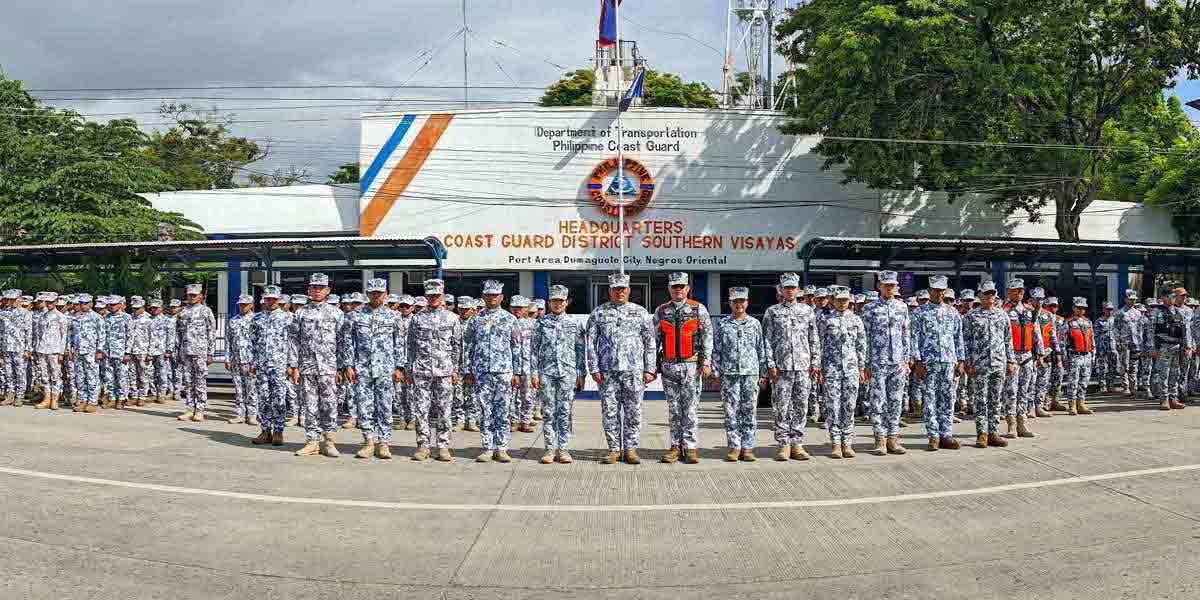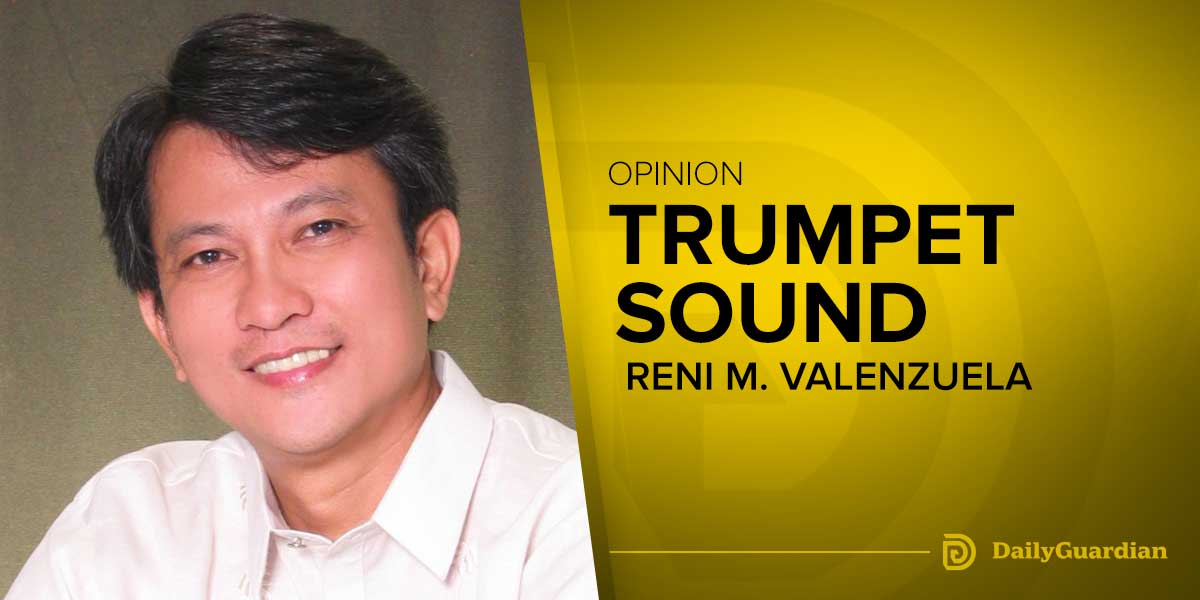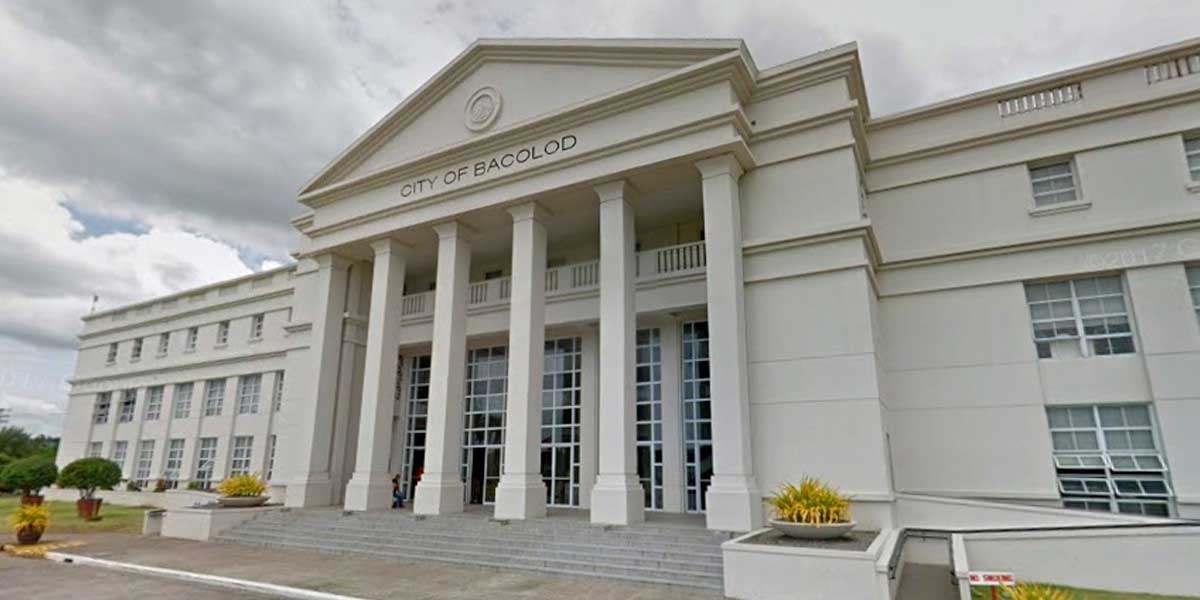 By: Modesto P. Sa-onoy
By: Modesto P. Sa-onoy
Filipinos celebrate their country’s Independence Day on June 12 but as I wrote before that commemoration has many clouds of doubt to be considered the day we truly became free. If we read other documents about that day, we will find that among them is the statement of Emilio Aguinaldo that they welcome the protection of the United States. Didn’t he insinuate the Philippines to be an American protectorate?
In fact, among the personalities at the balcony of Aguinaldo’s residence during the ceremony was an American officer as if to signify that indeed the country that had just declared independence from Spain will be protected by the United States. We must recall that Aguinaldo was in that balcony because of American patronage that allowed him to leave his exile in Hong Kong and organize another revolt against Spain. Unknown to him, the US offer to finance another revolt was to make an instrument for the ejection of Spain from the Pacific in the American-Spanish war.
The US had no intention making the Philippines a free country and in August of 1898, America and Spain sat down to start the process of the latter ceding the Philippines to the United States. The talk was completed in December that year with the Treaty of Paris.
While browsing papers at the New York Public Library last week, I came across reports of the events leading to the treaty. Nothing was said of the Philippines being recognized as an independent nation. In fact, not a single country in the world accepted Aguinaldo’s proclamation and recognized the Philippines as a free country and Aguinaldo as president. No Filipino, aside from the Tagalogs, was there. The fact that Aguinaldo sought US protection weakened his position and as events unfolded, the US treated him and his government as “insurgents”.
The American compilation of documents related to this subject is entitled “Philippine Insurgent Records” and those who violently opposed America were labeled “insurgents”, a term indicating rebellion against a legally constituted government. The Philippines, since December 30, 1898, became an American colony, it only one the Pacific.
Conscious of the provisions of the 1904 Bandolerismo law that classified any armed resistance to American rule as banditry, the fighters for Philippine Independence went to “war” peacefully mainly through lobbying starting in the 1920s. The leaders of this effort were young men who also participated in the violent fighting against Spain and the US.
There were two groups that emerged. One was the Federalistas that preferred the Philippines to be a state within the US while the others were the Nacionalistas who wanted total independence.
The independence movement grabbed the economic crunch that struck the US from 1929 and the impact on the voters that favored letting go of the Philippines and relieving America of its “white man’s burden”. The Anti-Imperialist League in the United States helped greatly in convincing Congress that for America to have a colony contradicts the US Constitution.
It was the emotional rhetoric that convinced the Filipinos to opt for independence from the United States. The voice of Manuel Quezon reverberated throughout the land: I prefer a government run like a hell by Filipinos than a government run like heaven by the Americans.
In 1935, the Philippine Commonwealth was established. It was semi-independent like the commonwealths and republics that constitute the United States. The Philippines will be completely free after ten years of transition under commonwealth status.
Ever since the simultaneous lowering of the American flag and the raising of the Philippine flag on July 4, 1946, the Philippines has enjoyed complete independence from any foreign power and so is recognized by the world.
Quezon’s words were prophetic. Now our government is run like hell and many Filipinos migrate or work under disguise in America where they believe the government is run like heaven. For most, however, their lives there are not heavenly.
Recently made available library and archival sources should be studied by Filipino historians to shed more light in the unfolding events in our history so that the new generation can better appreciate our struggle along the path to true independence.
While dates are merely markers in time, the processes are instructive like realizing that even a historical fact can be manipulated by executive pique and legislative fiat to serve the political interest and used as chips in power plays.






















